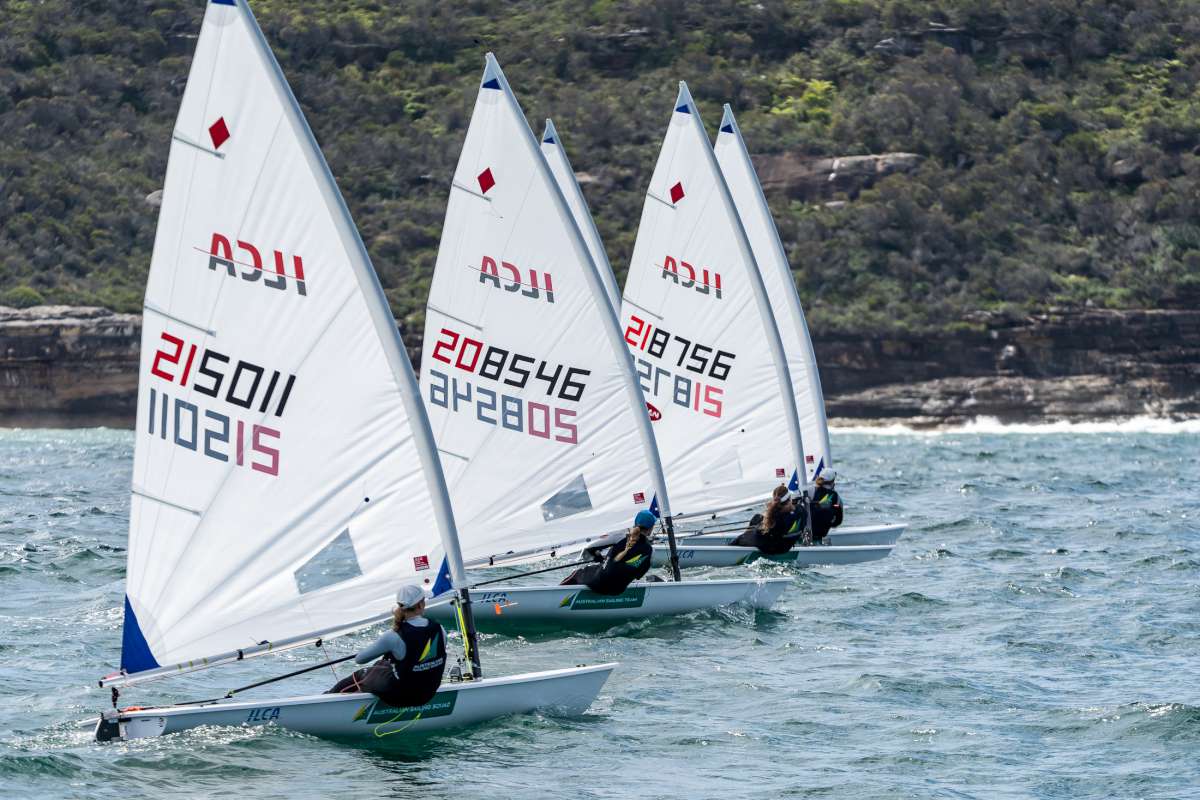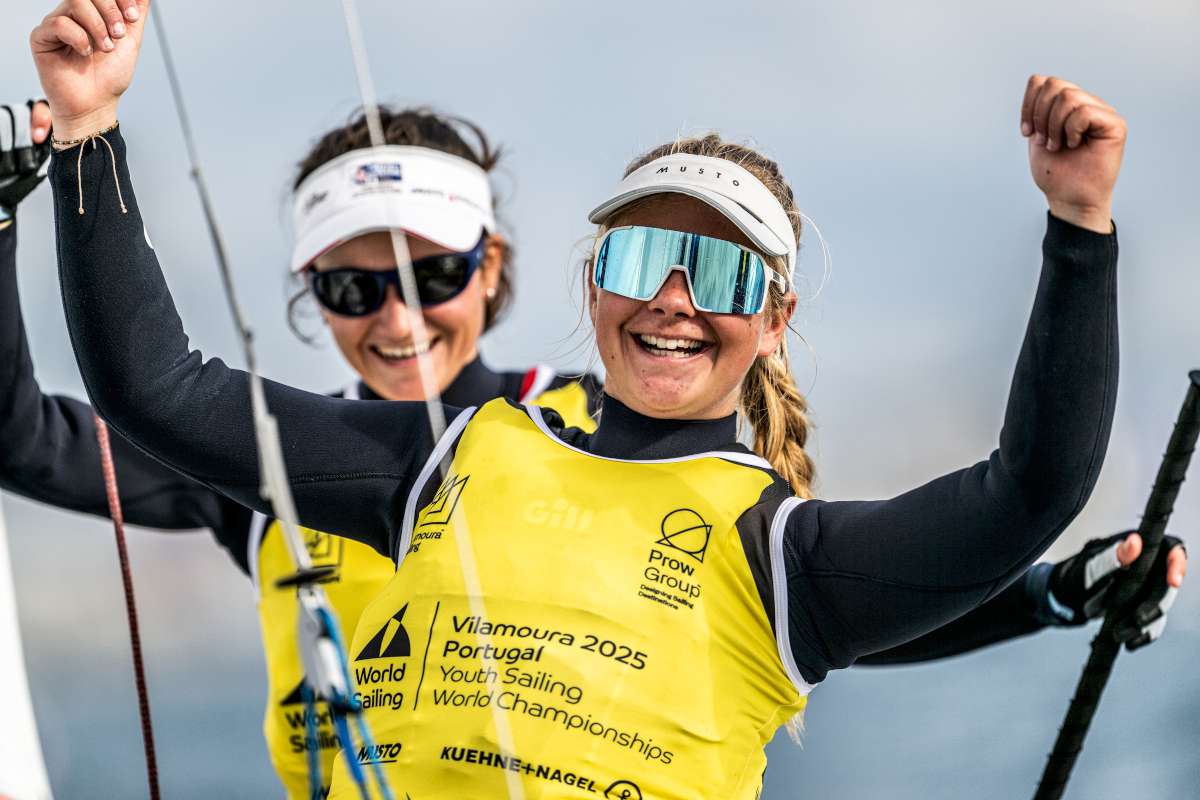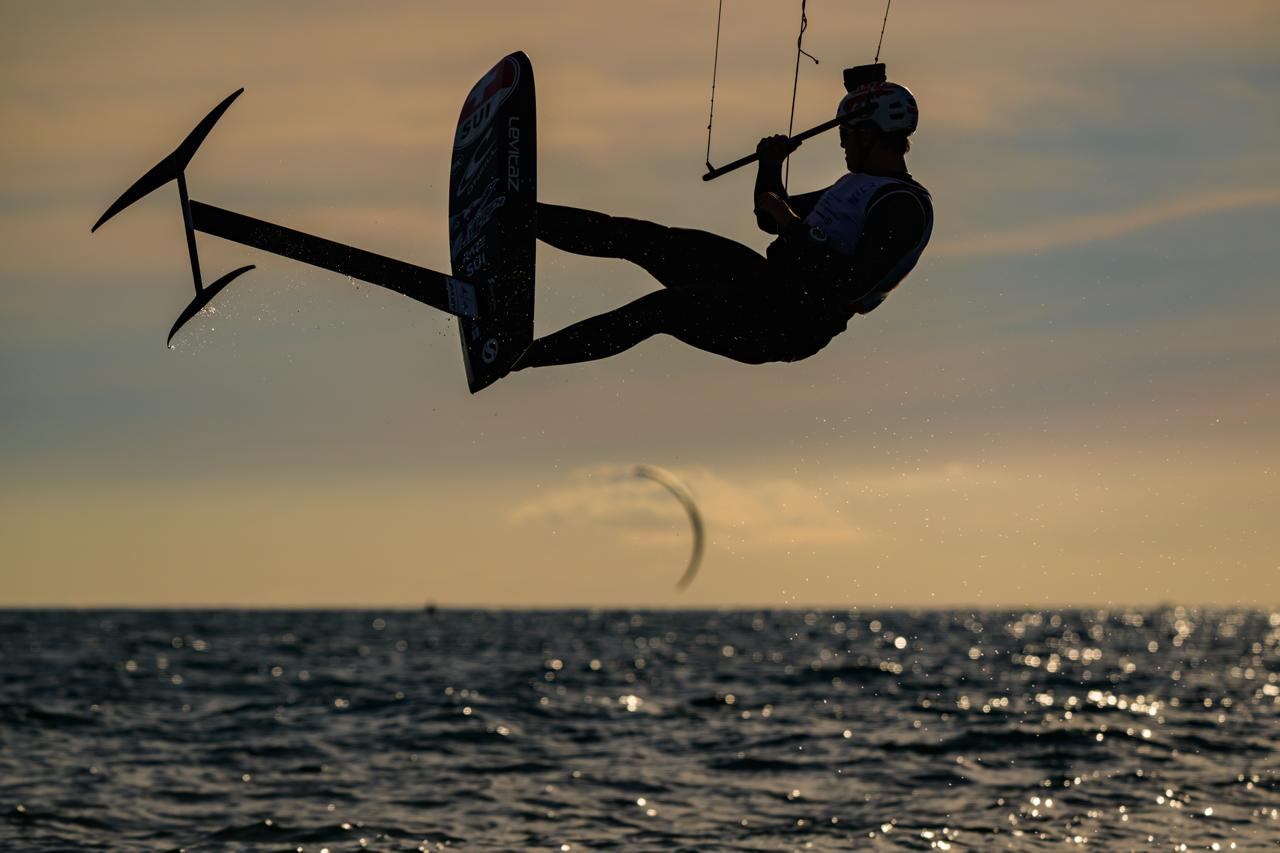This Saturday local time, after eight days of racing, the leaders in the 23rd Mini Transat EuroChef fleet are at the midway point in this second leg between Santa Cruz de La Palma and Saint-François.
Though the remaining 1,350 miles are fortunately shaping up to be somewhat quicker than those now astern of them, the route to the West Indies is not yet the big trade wind highway that so many sailors look forward too. In fact, the latter breeze remains wheezy, even at the latitude of Cape Verde, which means the solo sailors are being prompted to invest even more in the south in the hope of benefiting from more pressure.
Generally, when one evokes the trade wind, a steady breeze synonymous with the inter-tropical regions, the first image that springs to mind is one of a long gallop under spinnaker, boisterous surfs and the odd wipeout that goes with all that.
The snag is that since leaving the Canaries on 29 October, the breeze has never fully established, or is proving to be somewhat sluggish, added to which, a vast area of calm conditions is sprawled across the middle of the Atlantic.
Though there are a handful of implacable sailors continuing on their northern trajectory – prisoners of their option now – including Antoine Bos (825 – Rhino), Anne-Gaël Gourdin (626 – Cassini), Hugo Picard (1014 – SVB Team), Pierre Meilhat (485 – Le Goût de la Vie) and Victor Eonnet (525 – Fondation Arthritis – Amiens Naturellement), all competitors have now got the message that salvation lies to the south.
As a result, all competitors are continuing to invest in this direction, considerably extending their courses in the process. This is evidenced by the fact that the bulk of the peloton is today making headway between 300 to 400 miles from the great circle route.
Most incredible of all though, is the fact that the majority of solo sailors are continuing to drop southwards and at quite a rate too, since certain routing shows a way through as far down as 11° north, which is level with the latitude of Guinea-Bissau no less!
Rarely, if ever in the event’s history, has there been such a scenario as this, even when the Cape Verde archipelago was a compulsory passage point, as was the case in the 2017 edition.
“It is somewhat unlikely though that the Mini sailors will actually drop down that far as they obviously don’t have such precise weather data as the kind we boast on land”, reckons Denis Hugues, Race Director.
Indeed, given that the sailors themselves only get the rather succinct information sent to them each day via SSB, it would seem rather doubtful that they would gamble on a plan of this scale.
In the meantime, it’s blatantly clear that those who are furthest south are also the fastest, as evidenced by Pierre Le Roy’s exemplary course. Around 50 miles lower down the course than his direct rivals, the skipper of TeamWork, who just so happens to be a meteorologist by profession, is the only one in the fleet to be racking up double-figure speed at the latest polling.
Thanks to his position, Le Roy is able to make the most of a tad more pressure than the others, though he too is having to deal with a very irregular breeze of between 18 and 24 knots, fluctuating up to 30 degrees in direction.
To say things are unsettled is an understatement and things are unlikely to become any easier on the approach to the Antilles Arc. In fact, the first squalls are already looming…
























